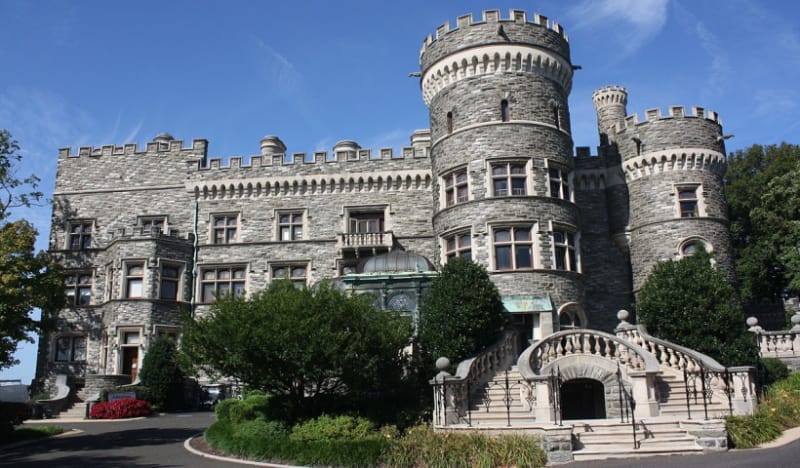How to Photograph a Solar Eclipse
The moon orbits the earth once every 28 days, but the plane of the moon’s orbit is not quite even with the plane of earth’s orbit around the sun. Because of this disparity, the moon does not usually block out our view of the sun, except for once every few years. If the earth gets between the sun and the moon it’s called a lunar eclipse, but if the moon scoots between the earth and the sun it results in a solar eclipse which is rarer and, in my opinion, more spectacular to watch.
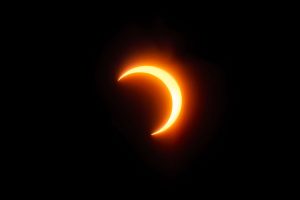
The fun part happens when you are lucky enough to be in the path of totality, which is where you will experience a complete blackout of the sun during the middle of the day. Keep reading to find out what gear you will need to photograph the eclipse, and how to locate the path of totality so you know where to be on this eventful day.
How can I see the eclipse?
The most important thing to remember when viewing the eclipse,or any solar eclipse, is that you do not want to look directly at it unless you are in the path of totality – that is, unless the moon is completely covering the sun.
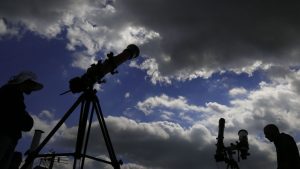
I need to make this abundantly clear: do not look at the solar eclipse with your naked eyes!!
Even if most of the sun is covered up by the moon, the light streaming out will be much too bright for your eyes to handle. NASA’s website has more detailed information, but suffice it to say if you want to watch the eclipse unfold in real time you will need something to protect your eyes like these solar eclipse glasses or a strong piece of welding glass. Sunglasses are far too weak to be effective and don’t ever just try to squint.
How do I take pictures of the eclipse?
Here’s where things get a little tricky since you will probably need to spend a bit of money, though hopefully not as much as you think. If you want to get the kind of close-up images you’ve already seen in this article, you will need the following camera gear:
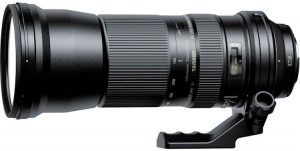
- A zoom lens, preferably one that has a focal length of at least 400mm.
- A solar filter to protect your lens and camera.
- Solar glasses so you can watch the eclipse unfold as it happens.
- A tripod to hold your camera steady.
- A place to view the eclipse, free of obstructions.
Here’s a bit more information about each of those so you can make sure to get the best photos possible.
Lenses and Cameras
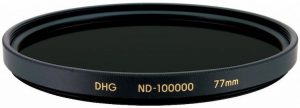
Most consumer-level zooms such as the Nikon 55-200 mm lens or Canon 18-200 mm do a good job at covering a variety of focal lengths. But shooting at 200mm isn’t going to handle an event like the solar eclipse with as much resolution and detail as you may want.
That’s where a longer lens such as the Tamron 150-600 mm (or the Sigma version) really comes in handy. It will allow you to get a much closer view and to take the kind of pictures you might see on blogs and magazine covers. The downside is that these longer lenses are quite expensive.
Fortunately, there are several places online where you can use to rent lenses from for a few days at a time, which I highly recommend. BorrowLenses, LensRentals, and LensProToGo are popular sites that all carry a similar lineup of lenses, but it’s also a good idea to check with your local brick-and-mortar camera shop too. Many of these stores will let you rent lenses for a very short period of time, which is good since you only need one day to photograph the eclipse.
Solar Filter

You wouldn’t look directly at the sun during an eclipse without proper protective equipment for your eyes, and the same holds true for your camera. If you are lucky enough to be in the path of totality you can look at, and take pictures of, the eclipse without needing any special gear. But if you are anywhere except the line of the complete blackout, or want to take pictures of the eclipse as it begins and ends, you will need certain equipment to keep your camera safe.
Solar Glasses
These function much in the same way that a solar filter does, but are designed to protect your eyes instead of your camera. They are not expensive and look like the old style of 3-D glasses you might have used in a movie theater decades ago, except these block out virtually all light except what comes from extraordinarily bright objects like the sun.
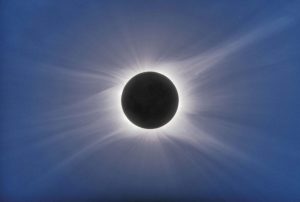
Tripod
Unless you have very steady hands or an impressive image stabilization system on your camera, a tripod is essential for shooting an eclipse. While you don’t need anything fancy or expensive, it will help to have a larger one that can keep your camera and lens rock steady. This is why I would recommend against small mount-anywhere tripods that you can find rather cheaply online.

